Digitalising the agricultural sector is an essential requirement in the context of disease and climate change. Minister of Agricultural and Rural Development Nguyen Xuan Cuong sat down with VIR’s Phuong Hao to discuss the issue.
The Vietnamese government and the Ministry of Agriculture and Rural Development (MARD) have called on businesses and farmers to apply more technology in agricultural production. How will this impact a field depending a lot on the weather like agriculture?
After more than 30 years of development since doi moi, Vietnamese agriculture has attained very basic achievements. We have moved from importing two million tonnes of food every year to producing enough food for nearly 100 million people, exporting up to $41.3 billion worth of agro-forestry-fishery products in 2019. This is the highest result ever in a very difficult global picture of agricultural trade, and proves that Vietnam’s agricultural production capacity has developed well. Vietnam’s agricultural products are exported to 185 markets around the world, but are mostly raw products with very low added value. We are determined to restructure the agricultural industry by developing value chains for the long term, building a clean agricultural industry with global integration.
The current virus pandemic, along with other issues such as African swine fever and H1N1 avian flu, with devastating effects on the whole economy in general and agriculture in particular, has shown the urgency of technology application in agricultural production. In addition, drought and climate change here are also factors that compel businesses and workers to apply technology to reduce the negative impacts of natural factors, ensure productivity and quality of agricultural products, and turn into deep processing to lengthen the expiry date of products.
Vietnam has been actively participating in major free trade agreements which require very high standards regarding quality and origin of goods. To take advantage of these agreements, digitalisation is a core element for businesses and farmers.
Last September, the Vietnam Digital Agriculture Association was launched. What is the association’s role in promoting the application of high technology in agriculture in Vietnam?
The Vietnam Digital Agriculture Association has 500 members, all of which are economic organisations and enterprises of all sizes as well as typical households, operating in agriculture, fisheries, and livestock farming. Even logistic businesses have joined this digital association.
This is a requirement of businesses when they want to reach international integration. Enterprises realise that it is necessary to take the management platform of digital economy and digital industry, approaching the latest achievements in science and technology to apply in production in order to renew themselves and grow together.
It can be said that the association is a common playground for resources to perform practical tasks such as perfecting the technological infrastructure for agriculture, international connection, and market expansion. The association is expected to support the development of large-scale projects to modernise Vietnam’s agriculture, introduce high-quality agricultural centres in the world, build online agricultural product exchanges serving the global market, and create centres for processing and preserving agricultural products in the regions, deploying the system of digital agricultural vocational training for Vietnam and the region.
The association will be the link between the enterprise community and the state. It will criticise and determine how to improve mechanisms and institutions towards intelligent agriculture, integration, and bridging between large enterprises, co-operatives, and farmers in the development process.
Digitalisation will bring a more sustainable future to Vietnam’s agriculture. How do you assess the current conditions for this?
In the last three years, the number of enterprises focusing on the agricultural sector has nearly quadrupled, from 3,000 to 11,800 so far. Besides this, 49,000 businesses are indirectly supporting the sector. We have also witnessed that many large enterprises operating in other fields have turned to investing in agriculture.
This is a very happy signal, and a good condition for Vietnamese agriculture to be digitalised.
In addition, although the number of businesses investing in agriculture is not too big, most of the major industries have private enterprises as the pillars. We can proudly say that catfish production in Vietnam is currently the most modern in the world with the core businesses being private ones. In addition, quick development of dairy and vegetables has also allowed us to believe that the room for development in the major agricultural sector is still large, and that our agriculture can integrate globally.
How will the MARD accompany businesses and farmers in digitalising the agricultural sector?
Production in the sector is most difficult for those with low profits, so it requires great determination from the business community. We appreciate the involvement of businesses in agricultural production and in processing chains. The business community is a companion of the MARD to realise the goal of agricultural restructuring and new rural development. The ministry is willing to engage in matters under its responsibility to address business barriers.
The prime minister requires further administrative reforms, creating an ecosystem for businesses to participate in the most favourable market, so the MARD is trying its best to solve difficulties for them.
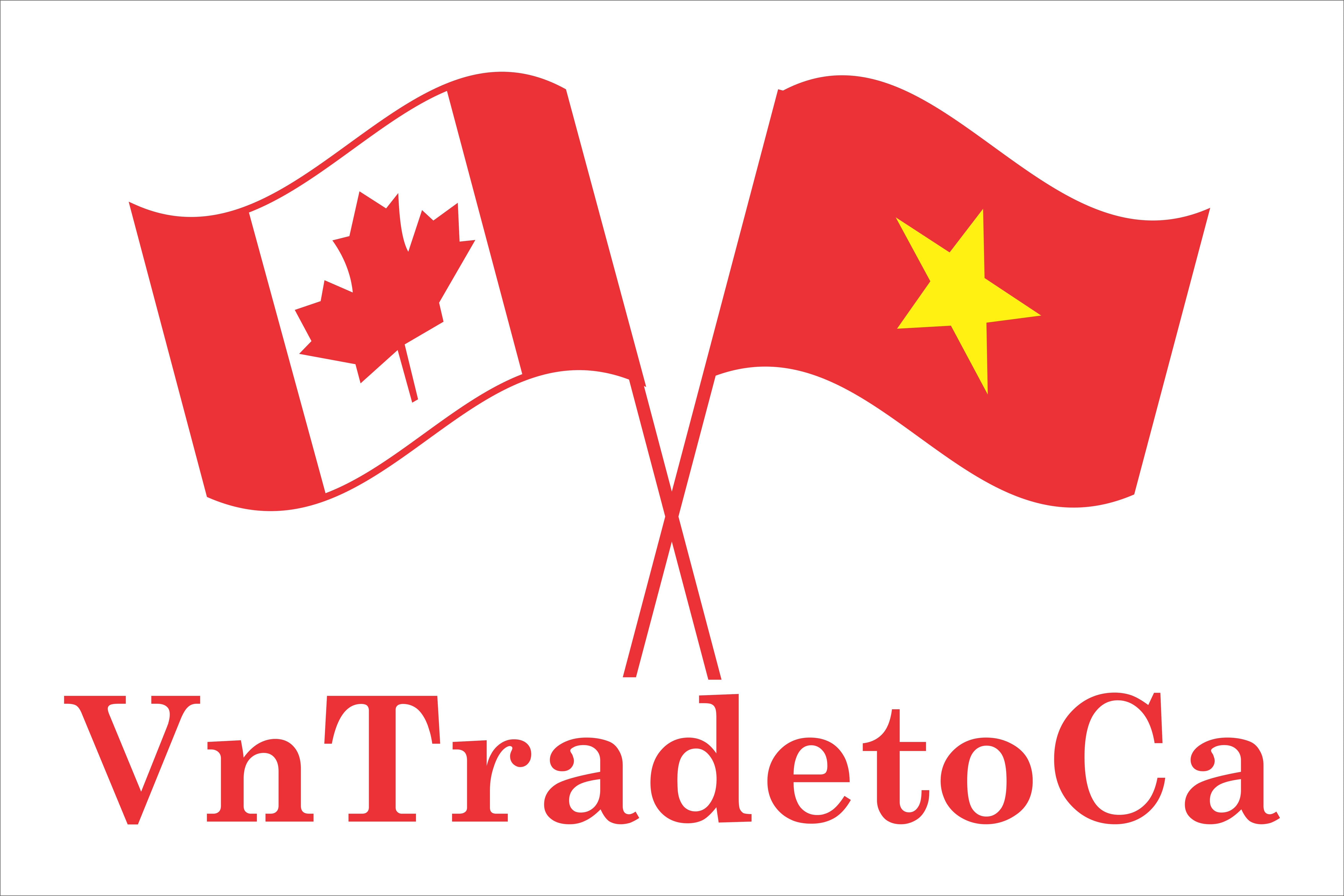
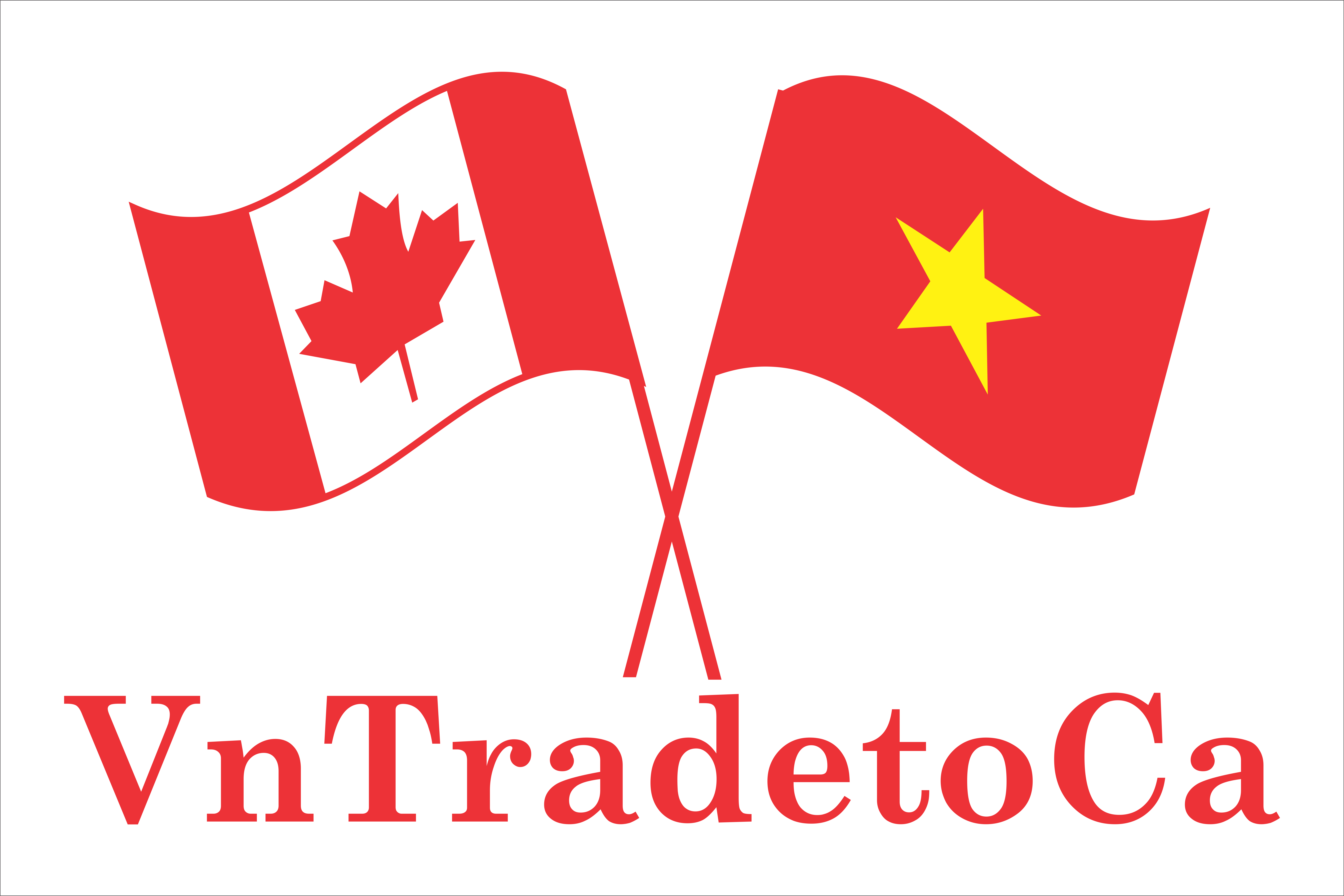
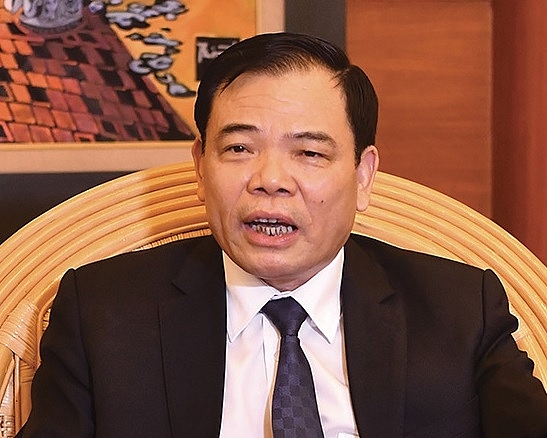


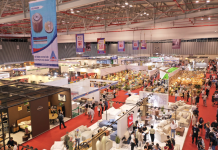
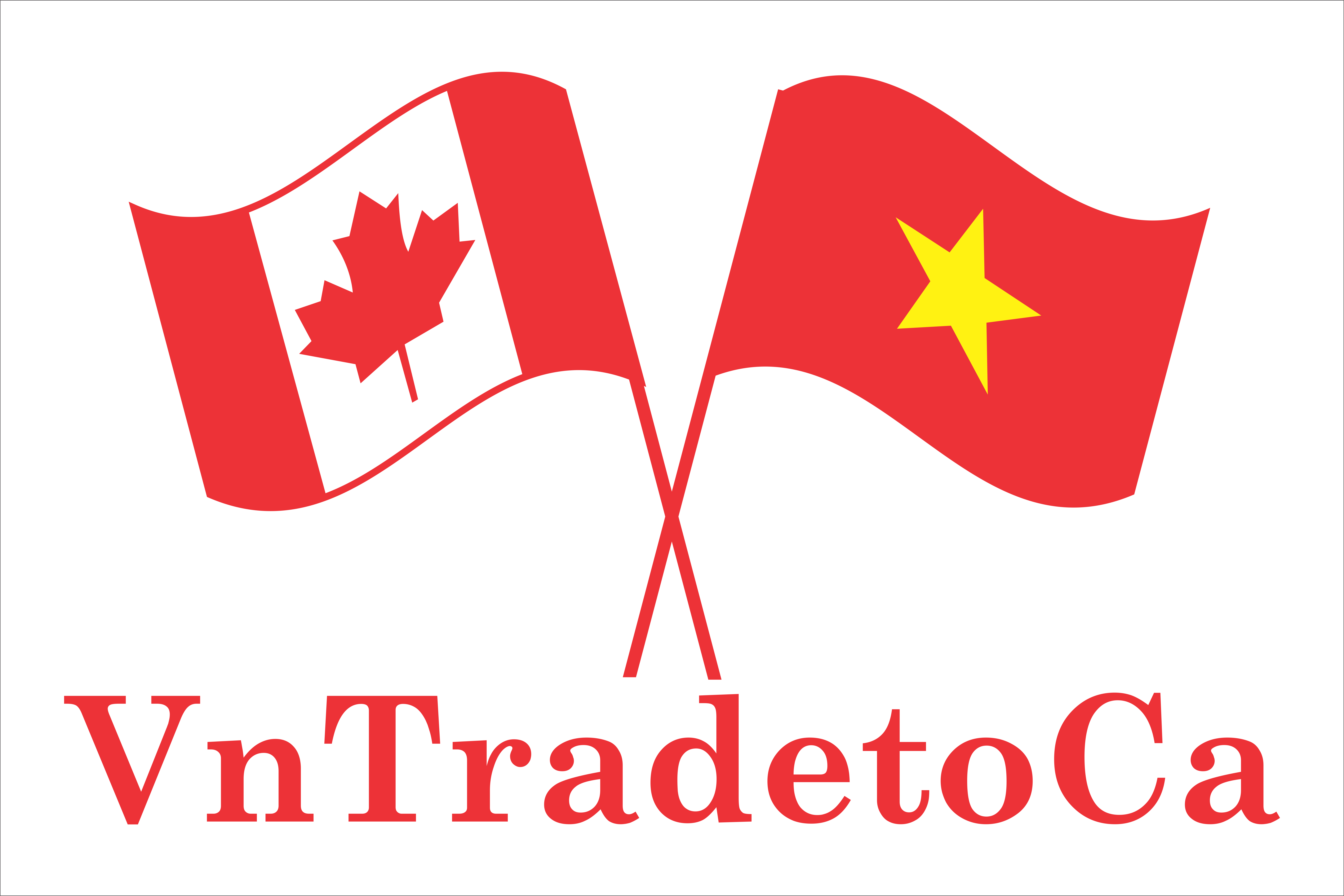
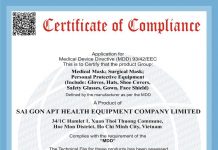

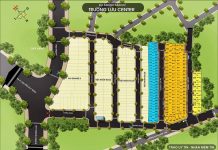

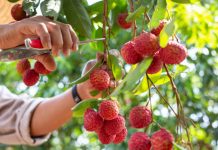




Rise-of-SE-Asia-Metros20191226102427_Data-のコピー-100x70.jpg)

